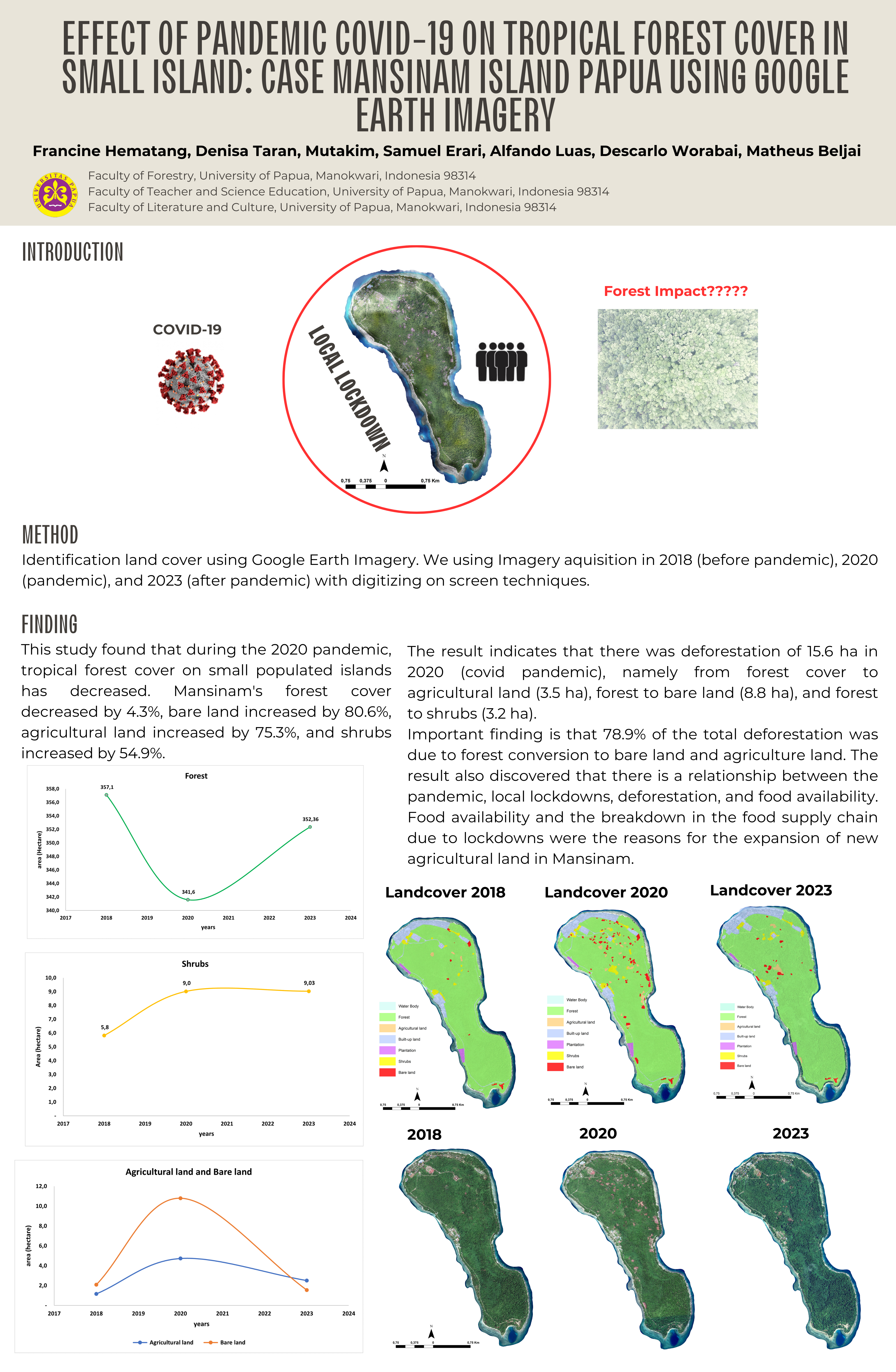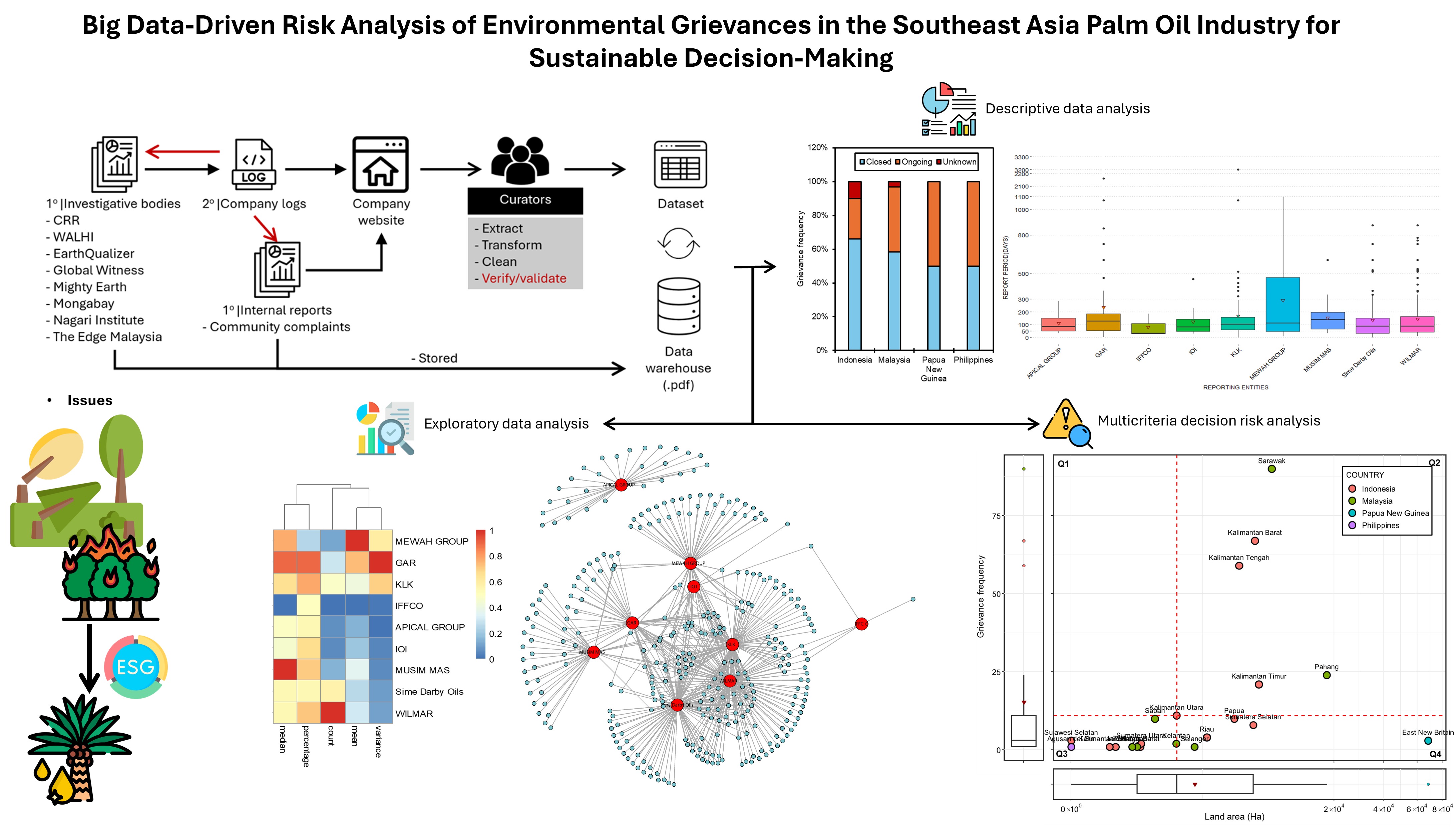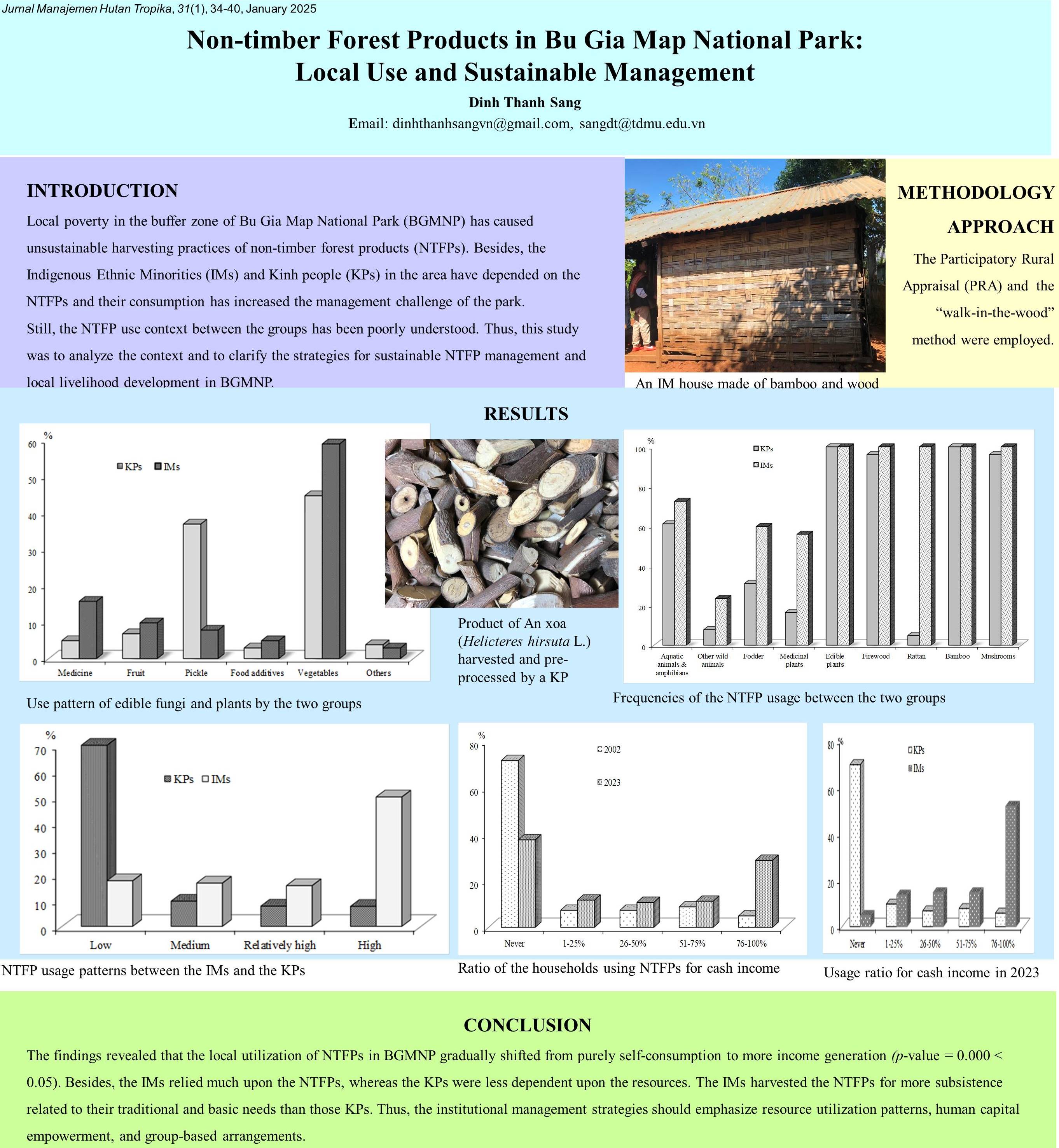A Comparative Study on The Perception of Forest Landscape Using LIST Method Between University Students of Japan and Indonesia
Abstract
Forest is not only assessed for timber production, but also for public interests. It is not easy to measure the multiple functions and existence values that forests represent to local residents. The purposes of this research were to classify landscape image aspects of students using LIST (Landscape Image Sketching Technique), to know students' attributes influencing perception, and to formulate the differences of forest landscape characters. The research was conducted in three stages: landscape image survey, landscape image analysis, and forest landscape interpretation. LIST method was applied to classify landscape image aspects. Chi-square test was applied to examine the significant differences between students of Japan and Indonesia to perceive forest landscape, while cluster analysis was applied to characterize forest landscape. The results showed that 10 prominent components were detected in both countries. The only attribute influencing perception for Indonesian students was gender. Japanese students categorized forest type into needle leaf, broadleaf, and unknown forest type, while Indonesian students classified forest type into broadleaf and unknown forest type. The results of this study might be useful as a guidance for forest landscape design in Japan and Indonesia.









